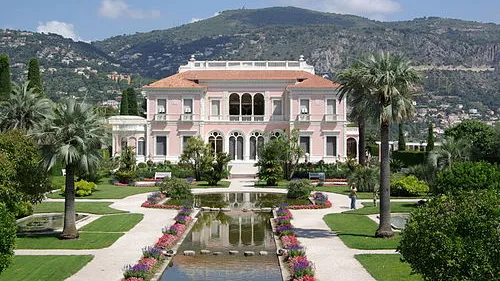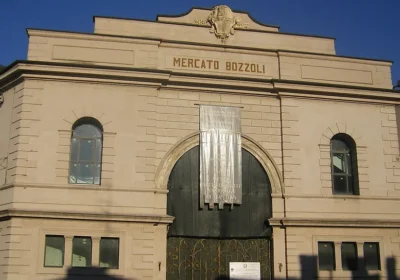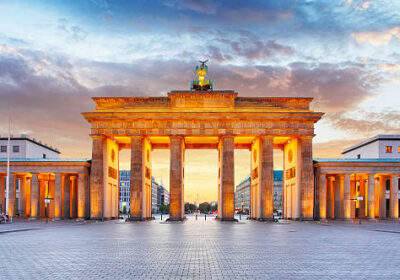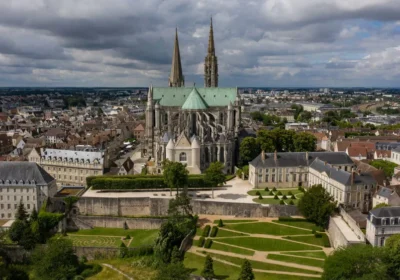Built in the style of an Italian Palazzo, contains the art collection assembled by Baroness Ephrussi of the famous Rothschild family. The museum features 16th- and 18th-century French furniture, tapestries, and Sevres porcelain. Around the villa are parks of different styles: French, Provençal, Spanish, Florentine, Japanese, exotic and rose garden.
The Ile de France, which means “island of France”, became the meaning of life for Baroness Beatrice Rothschild de Ephrussi. The heiress of the influential Rothschild family was forcibly married to a 34-year-old Parisian financier Maurice Efrussi. The marriage was unsuccessful, with no children and a husband who drank and lost his fortune. In 1905 Beatrice divorced and bought 7 hectares of land on the picturesque Cape Saint-Jean-Cap-Ferrat near the famous Côte d’Azur. The construction of the estate took 7 years, during which the picky mistress changed a couple of dozens of architects. The result was a marshmallow pink, tiled-roofed, two-storey patio villa with pergolas, sculptures and lush gardens surrounding it.
Baroness Rothschild’s magnificent villa combines Tuscan and Venetian architectural styles. The Villa houses an impressive collection of art: over 5,000 unique masterpieces of antiques, furniture, handmade carpets, tapestries, paintings, frescoes, and a collection of Saxon porcelain. The Baroness was a mad collector, one of the greatest collectors of antique art. A lady of a difficult temperament, she travelled to dozens of antique shops, wandered flea markets in search of masterpieces and haggled desperately over purchases.
The hall is in Renaissance style, with graceful arches and a gallery throughout the first floor. On the ground floor are two salons named after the XIV and XV Louis, as evidenced by the antique carpets and paintings on the walls that once “served” the emperors. Here are also Beatrice’s own living quarters, bedroom, boudoir and bathroom. There is a secretaire that belonged to Marie Antoinette and 18th-century costumes.
On the second floor are the Louis XVI bedrooms, the Chinese room, a collection of porcelain and tapestries, and paintings by Jean-Honoré Fragonard. Madame Rothschild’s porcelain collection is considered one of the most luxurious in the world.
The villa’s gardens and rose garden are sometimes more impressive than the house. The Spanish garden has a gazebo, a cosy grotto and a canal with water plants; the stone garden has a collection of bas-reliefs; the largest French garden has ponds, a fountain and a replica of Versailles’ Temple of Love pavilion.
Here you can attend a classical music concert, sit in a restaurant or drink champagne at a special buffet.

















